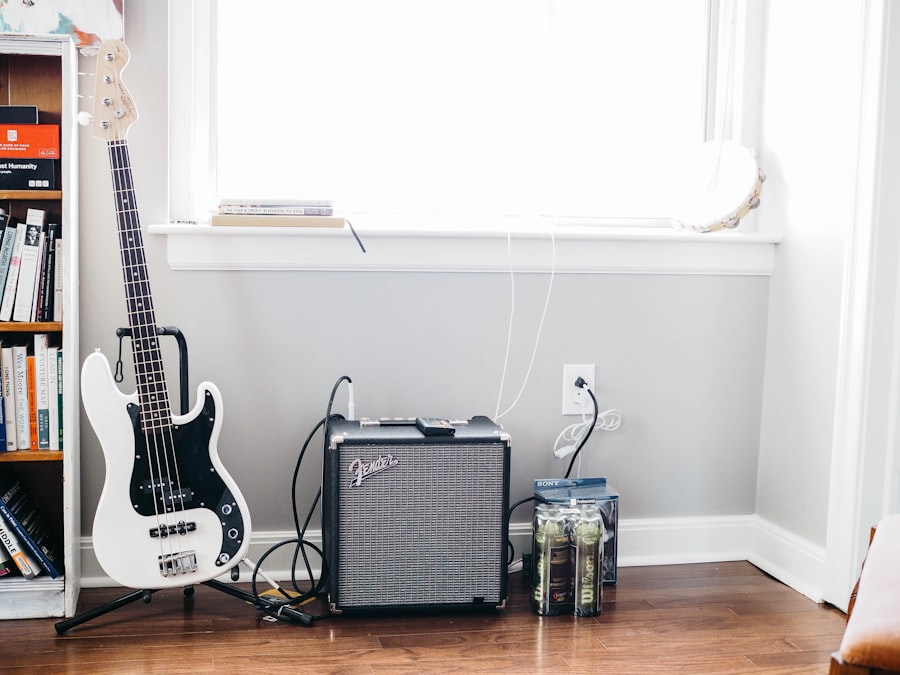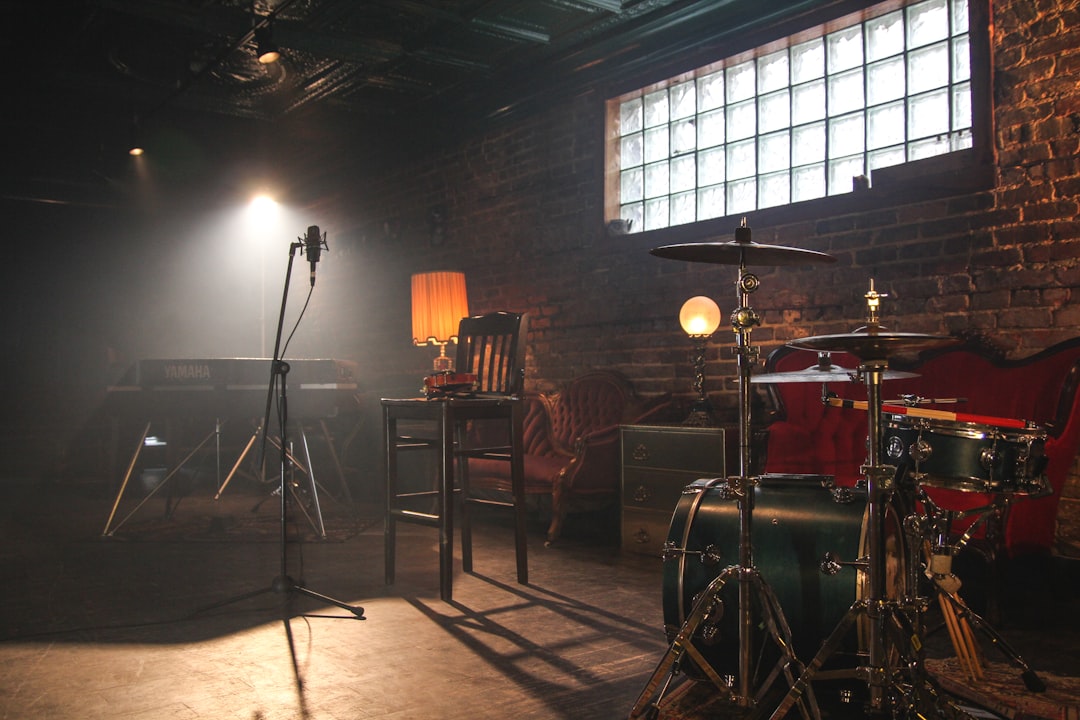Music theory is the basis of understanding musical compositions, structures and elements that make up music. It deals with the analysis of notes, harmony, rhythm and melody, providing students with the tools needed to interpret and create music. As part of a high school education, music theory allows students to deepen their knowledge of musical styles, music history, and different musical cultures.
Learning music theory not only enriches students' musical knowledge, but also helps them develop critical thinking and creativity, skills that are essential in today's society. As part of the cultural exchange, students from Serbia have the opportunity to become familiar with the American approach to music theory. This approach often includes interactive learning methods, which encourage active student participation and allow them to explore different aspects of music through practical examples.
Students will have the opportunity to learn about various musical genres, from classical music to contemporary styles, as well as develop their playing or singing skills. These experiences not only enrich their musical knowledge, but help them connect with peers from different cultural backgrounds.
Key Takeaways
- Introduction to music theory
- Music theory deals with the study of the basic elements of music, such as tonality, rhythm, harmony and form.
- The importance of music theory in high school
- Knowledge of music theory allows students to better understand and interpret the music they play or listen to.
- The structure of the music theory curriculum
- The music theory curriculum includes the study of notes, chords, intervals, rhythm, as well as the analysis of musical works.
- Methods of learning music theory
- Learning music theory can be effective through a combination of theoretical lectures, practical exercises, listening to music and creative creation.
- Application of music theory in practice
- Knowledge of music theory enables musicians to better interpret and perform musical works, as well as to compose their own music.
The importance of music theory in high school
Music theory plays a key role in the education of high school students, as it provides them with a thorough understanding of musical concepts that are necessary for any type of musical expression. Students who study music theory gain the ability to analyze and interpret musical works, enabling them to become more aware performers and composers. This discipline also encourages the development of emotional intelligence, as music often reflects human emotions and experiences.
Through the study of music theory, students can learn how to convey their feelings through art, a skill that can be useful in many aspects of life. In addition, music theory contributes to the development of teamwork and cooperation among students. Many musical projects require collaborative work, be it orchestras, choirs or small ensembles.
Students learn how to communicate with each other, share ideas and create art projects together. These experiences not only strengthen their social skills, but also help them develop a sense of community and belonging. In the context of cultural exchange, these aspects become even more important, because students from different countries have the opportunity to get to know each other and exchange their musical experiences.
The structure of the music theory curriculum

The music theory curriculum in American high schools covers a wide range of topics designed to provide a comprehensive understanding of musical concepts. It usually consists of several key areas, including notation, harmony, rhythm, melody, and analysis of musical pieces. Students are introduced to basic musical terms and symbols, as well as the rules governing the composition and performance of music.
This structured approach allows them to gradually build their knowledge and skills, starting from basic concepts to more complex theoretical ideas. In addition to theoretical aspects, the curriculum often includes practical components that allow students to apply what they have learned. This can include playing instruments, singing or even composing original works.
Students can work on projects that involve analyzing well-known compositions or creating their own musical pieces using the principles learned. This balance between theory and practice is key to developing a comprehensive music education that not only encourages creativity, but also enables students to become independent musicians.
Methods of learning music theory
Teaching music theory in American high schools often relies on a variety of methods that encourage active learning and student engagement. One of the most common methods is to use interactive tools such as music learning apps or online platforms that offer exercises and quizzes. These technologies allow students to learn at their own pace and give them the opportunity to focus on areas that challenge them.
Also, teachers often use visual materials such as graphic representations of musical scales or chords to facilitate understanding of complex concepts. Apart from digital tools, group work and discussions are also key elements of learning music theory. Students often work in small groups to explore specific topics or analyze pieces of music together.
This approach not only encourages collaboration among students, but also allows them to exchange ideas and perspectives. Through guided discussions with teachers or guest musicians, students can gain deeper insights into various aspects of music and its creation. These methods make the learning process dynamic and interesting, which further motivates students to engage in their studies.
Application of music theory in practice
Putting music theory into practice is key to developing students' musical skills. Through performing on instruments or singing, students have the opportunity to apply the theoretical concepts they have learned in the classroom. For example, understanding harmony can help students play chords better on the guitar or piano, while knowing rhythm can improve their ability to perform more complex pieces of music.
This practice not only strengthens their technical skills, but also helps them develop their own performance style. Also, participating in different musical ensembles such as choirs or orchestras provides students with a unique opportunity to apply their knowledge in a team environment. Through playing or singing together, they learn how to listen to each other and coordinate their performance with the rest of the group.
These experiences not only contribute to their musical development, but also help them build friendships and connect with peers who share similar interests. In the context of cultural exchange, such experiences can be especially valuable because they allow students from Serbia to become familiar with American music and its performing traditions.
Challenges in learning music theory

Although learning music theory is extremely rewarding, it can also present certain challenges for students. One of the main challenges is the complexity of some theoretical concepts that can be difficult to understand without prior knowledge or experience. For example, harmonic analysis or advanced compositional techniques can seem intimidating to new students just beginning their journey through the world of music.
In such situations, it is important for teachers to provide additional support and resources to help students overcome these obstacles. Additionally, the time it takes to master playing or singing skills can be frustrating for some students. Many expect quick results and can feel discouraged if they don't progress as quickly as they imagined.
In such situations, it is crucial to emphasize the importance of patience and persistence in the learning process. Teachers can play an important role in motivating students by setting realistic goals and providing positive feedback on their progress.
Perspectives for further training in music theory
Learning music theory doesn't end at the end of high school; on the contrary, it is a lifelong process. Students who graduate from high school with a solid knowledge of music theory often continue their education at colleges or universities where they can deepen their understanding through specialized programs in music theory or composition. These programs offer the opportunity to explore advanced topics such as analytical technique or ethnomusicology, opening doors to new career opportunities in music.
Apart from formal education, there are many other opportunities for training in music theory. Workshops, seminars and online courses provide additional resources for students who wish to continue their learning outside the classroom. Also, participating in music festivals or competitions can be a great way to gain new experiences and connect with other musicians.
As part of the cultural exchange between Serbia and the USA, such opportunities can further enrich the students' experience and help them develop their skills on an international level.
If you are interested in additional education and opportunities offered after high school in America, especially in the field of music theory, you may also be interested in this article about exchange programs that allow students from Serbia to gain a study experience in the USA. More information on how to join these programs can be found on the page Join the J1 Alumni Program. This platform offers detailed information on various aspects of studying in America, including specialized courses such as music theory.
FAQs
1. What types of high schools are there in America?
There are public high schools, private high schools, boarding schools, arts high schools and vocational high schools.
2. What subjects are required in high schools in America?
Compulsory subjects in high schools in America include math, English, social studies, science, and physical education.
3. What does music theory teaching look like in American high schools?
Music theory instruction in American high schools includes the study of notes, rhythm, harmony, composition, and music history. Students also have the opportunity to play instruments and sing in school ensembles.
4. Do high schools in America offer extra courses in music?
Yes, many high schools in America offer additional courses in music such as music production, music technology, music history, and music analysis.
5. How is student progress evaluated in music theory classes?
Students' progress in music theory is assessed through tests, homework, practical exercises such as playing instruments or singing, as well as participation in school concerts and competitions.

